When attempting to bore a hole into a rocky surface, a few considerations must be taken into account. Firstly, analyzing the grade and composition of the rock is essential to determine the ideal drill bit for the job. The depth of the hole must be taken into account too, for a deeper shaft will require additional pressure to puncture the surface. Finally, one must contemplate the angle to ensure that the challenge of drilling isn’t made any more strenuous than necessary.
When tackling a soft rock surface, the go-to drilling device is unquestionably the spade bit. Outfitted with a hefty plus flat blade, its functionality is superior for easing through softer rocks. Despite its prowess however, guiding the tool can occasionally be challenging – if not monitored vigorously, it is liable to lose its direction.
If you’re looking for an effective way to break through formidable rocks, a carbide-tipped drill bit is your best bet! Carbide-tipped drill bits are composed of a much more resilient material, allowing them to pierce through even the toughest of rocks. However, the only issue with them is that they tend to be pricey and may not last as long as other types of drill bits.
The level of your drilling tasks dictates the drill bit you should use. If you’re just making shallow indentations, any drill bit can do. However, when you need to bore deeper, you require a bit with longer shank for the pressure not to snap it. Its longer shank provides a sturdier support that can handle the high intensity.
Ultimately, the slope of the opening you are making will influence the choice of drill bit necessary. For holes that are situating flatly, any type of drill bit can do the job. Alternately, when a vertical hole is required, a drill bit with a shortened stem has to be used. A shorter shank will hold up against the pressure and stop the drill bit from altering its construction.
Now that you are aware of the various components that determine your drill bit choice, let’s cover the process of engaging in the act itself. Start off by indicating the spot that requires drilling. Subsequently, set up the drill bit for the task at hand. For a vertical hole, set the bit at a right angle, while for a horizontal hole, adjust it to an angle of 45 degrees.
After everything is all set, start the drilling procedure. The pressure you need to apply on the bit depends on the type of rock; it should be mild to moderate for soft rocks and more significant for denser substances. As the work continues, don’t let the drill bit deviate from its original alignment on the rock; if it happens, pause and adjust it before proceeding.
Once the bore-hole is drilled, it’s time to remove the bit. If the rock in question is soft, simply draw it out; but if it’s hard, wield a hammer and give the drill bit a few taps until it slips out of its nest.
At this point, you have all the skills necessary to carry out drilling into a rocky surface. Before you start, bear in mind the kind of rock wall, the depth of the hole, and the direction of the borehole. With some practice, you can be confident in your ability to drill whatever kind of hole is required.
Related Product
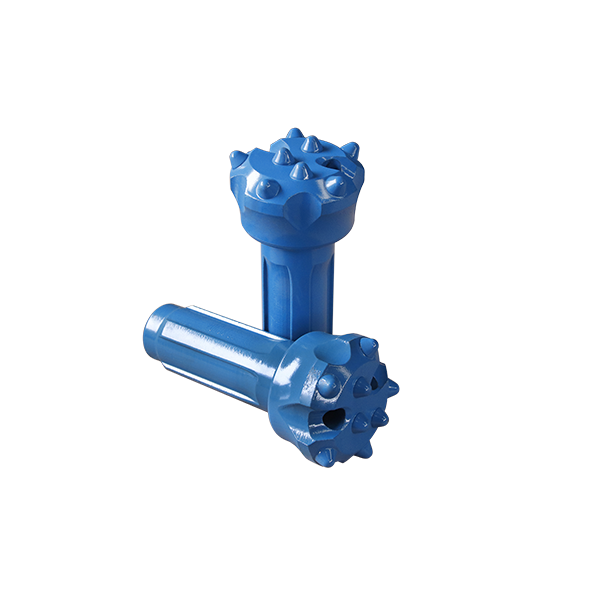
CIR Series DTH Bits(Low Pressure) CIR76-76
Down-the-hole (DTH) hammer bits are used with Down-the-hole hammers for drilling holes through a wide range of rock types. In conjunction with DTH hammers, drill hammer bits are de […]
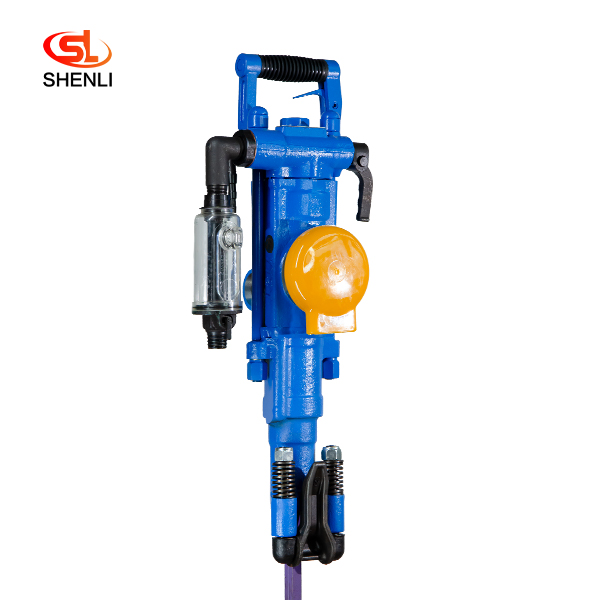
YT27 Air Leg Pneumatic Rock Drill Pusher Leg Rock Drill
The YT27 air-legged rock drill is a highly efficient lightweight rock drill suitable for downward or inclined drilling in medium-hard or hard (f=8 – 18) rock with a diameter […]

Cir Series Dth Bits(Low Pressure) Cir90-90
Down-the-hole (DTH) hammer bits are used with Down-the-hole hammers for drilling holes through a wide range of rock types. In conjunction with DTH hammers, drill hammer bits are de […]
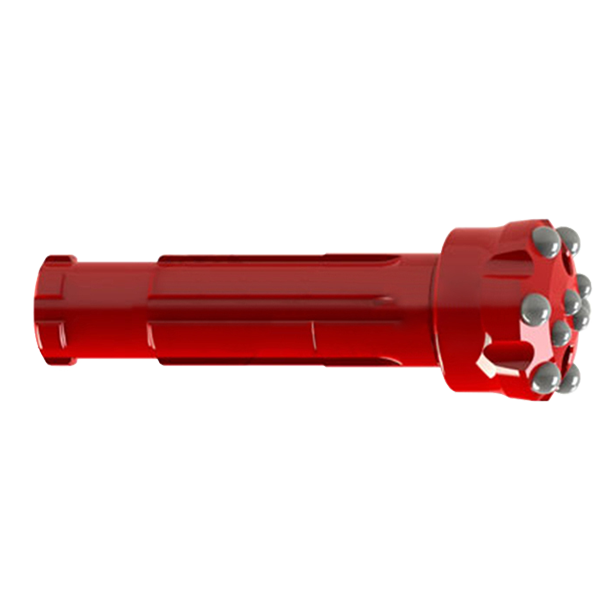
DHD Series DTH Bits(High Pressure) DHD
high pressure drill bit is mainly used in geological exploration, coal mine, water conservancy and hydropower, highway, railway, bridge, construction and construction, etc. Advanta […]
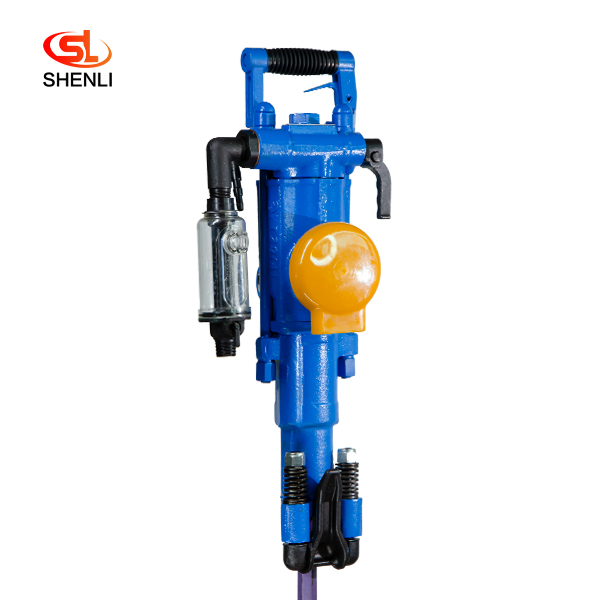
YT29A Air Leg Pneumatic Rock Drill Pusher Leg Rock Drill
YT29A air-legged rock drills are heavy-duty push-leg (air-legged) rock drills with low energy consumption, which are more suitable for drilling horizontal or inclined holes in medi […]

Taper Bits
Taper bits, especially Tapered button bits are the most popular tapered drill bits with a wide selection of head diameters from 26mm to 48mm. With carbide buttons cold pressed on t […]
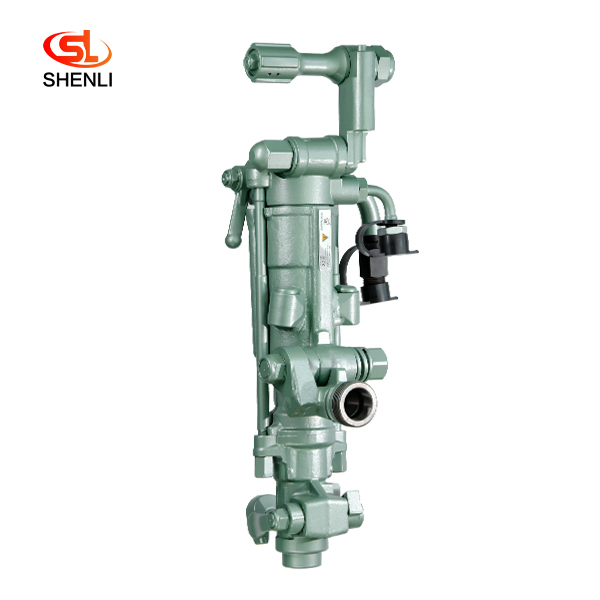
S250 Air Leg Pneumatic Rock Drill Pusher Leg Rock Drill
(S250 jackleg Drill) has been the preferred choice of miners who demand high performance, superior control and lasting reliability. the S250 jackleg allows operators to drill in co […]
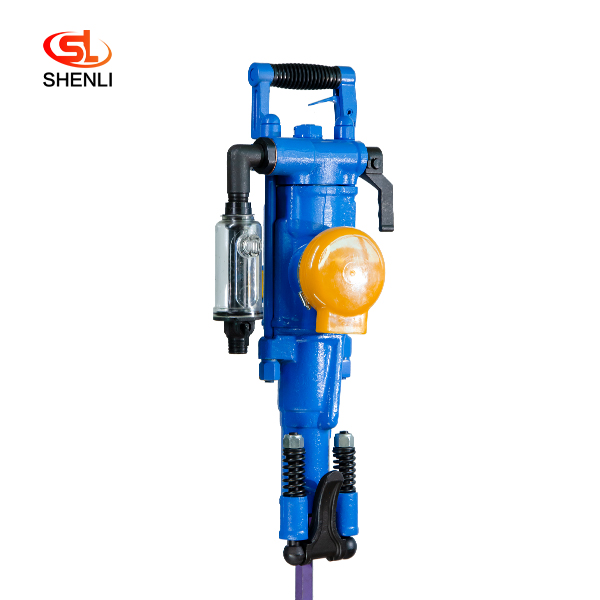
YT28 Air Leg Pneumatic Rock Drill Pusher Leg Rock Drill
The YT28 air-leg rock drill is a kind of high-efficiency, energy-saving and environmentally friendly rock drilling equipment. Compared with similar pneumatic products, the YT28 air […]
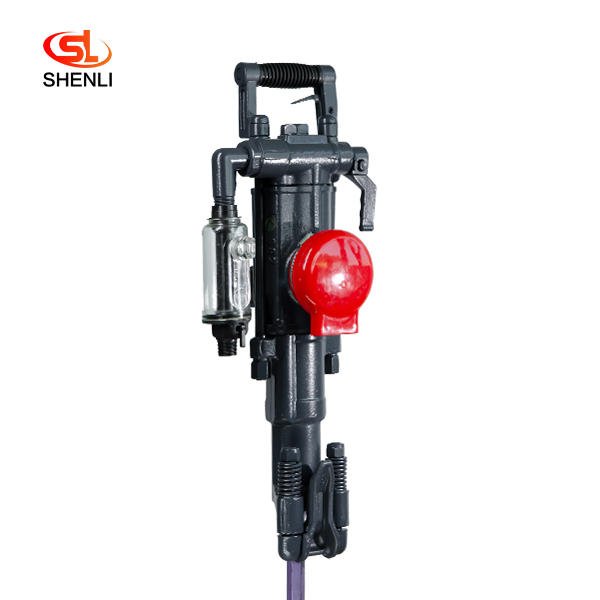
S82 Air Leg Pneumatic Rock Drill Pusher Leg Rock Dril
Model S82 air-legged rock drills are heavy-duty air-legged rock drills with high efficiency and low consumption, which are especially suitable for use in the construction of railro […]
Post time: 2023-06-28

